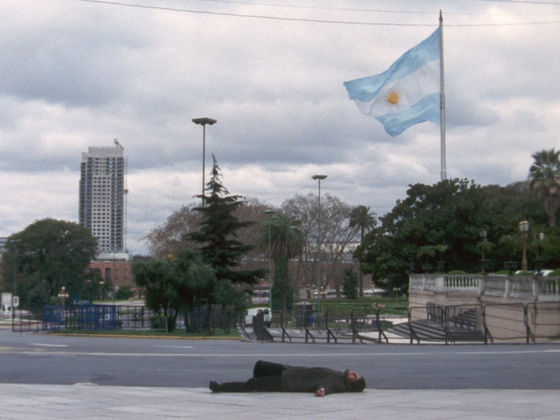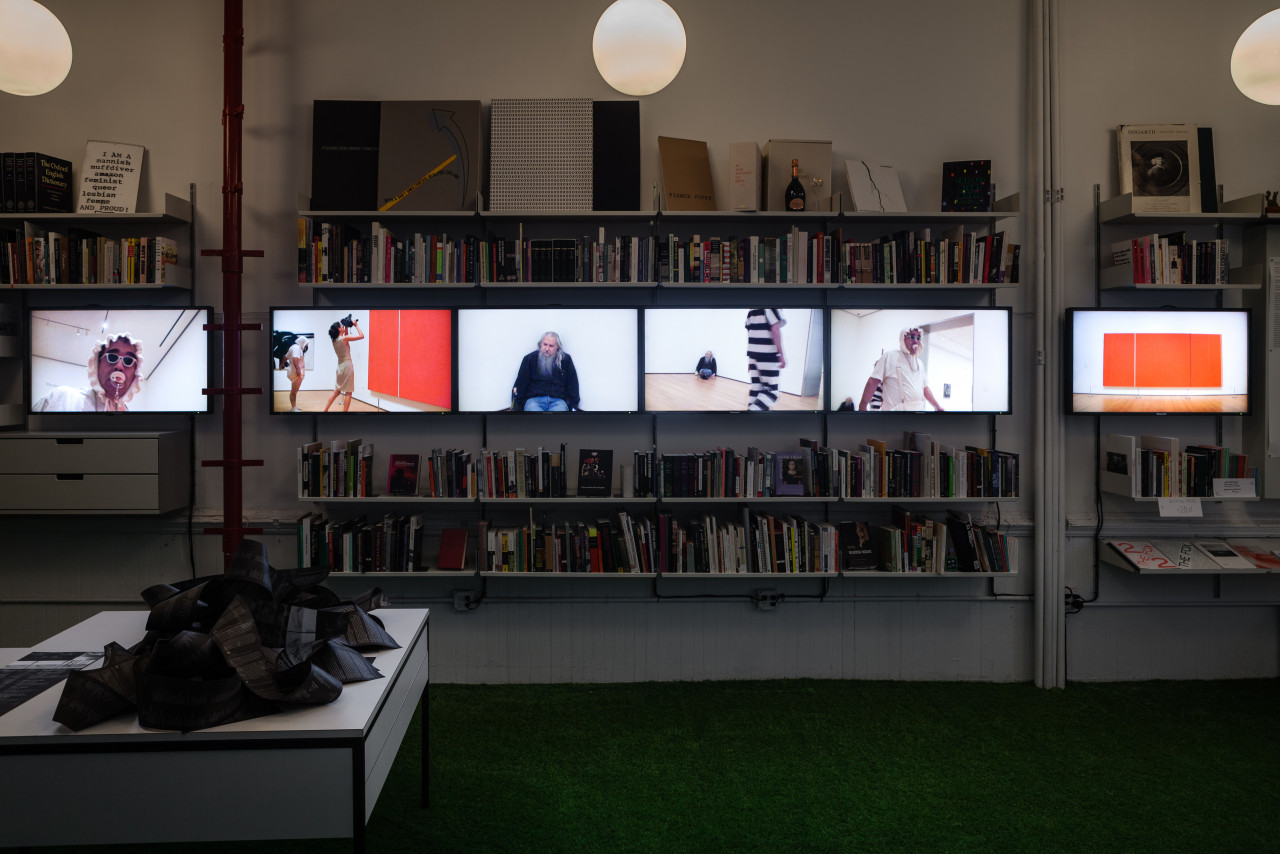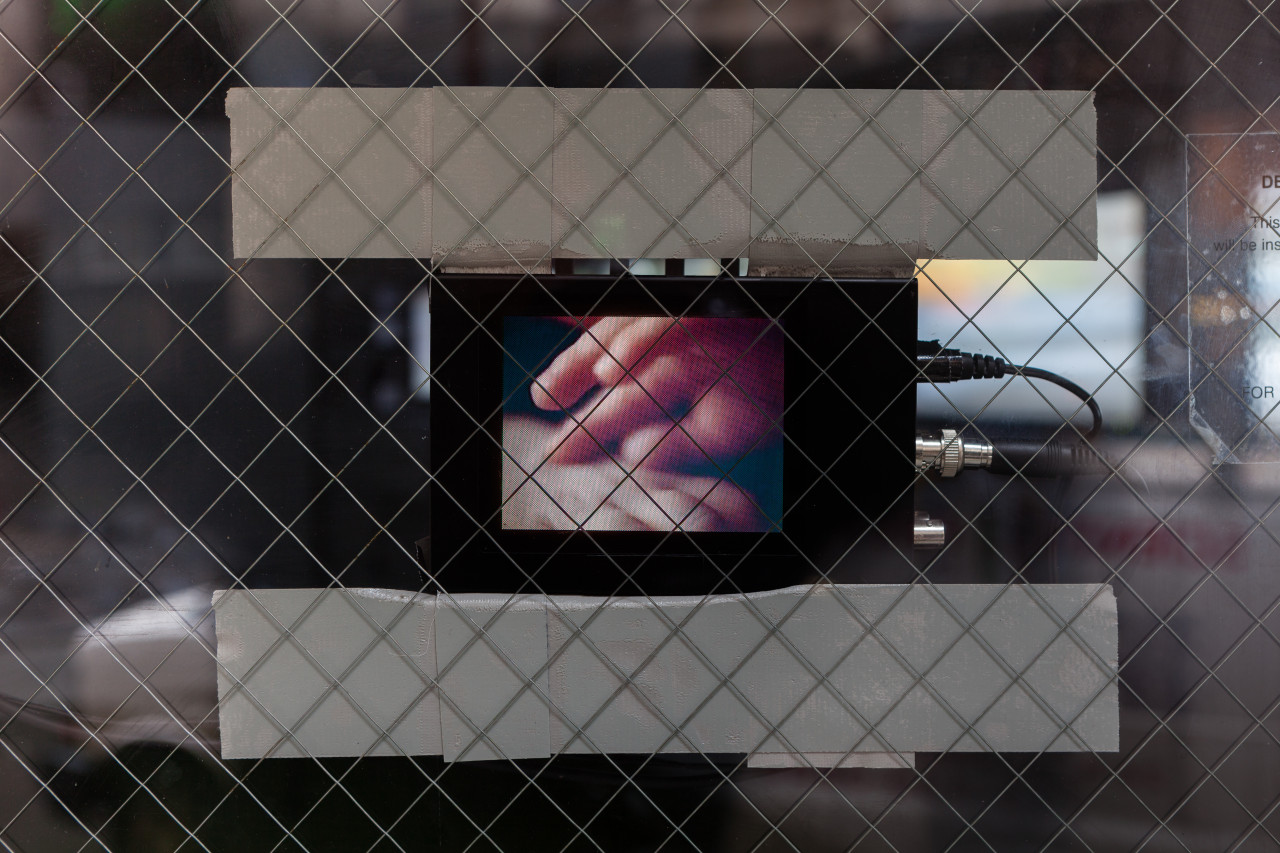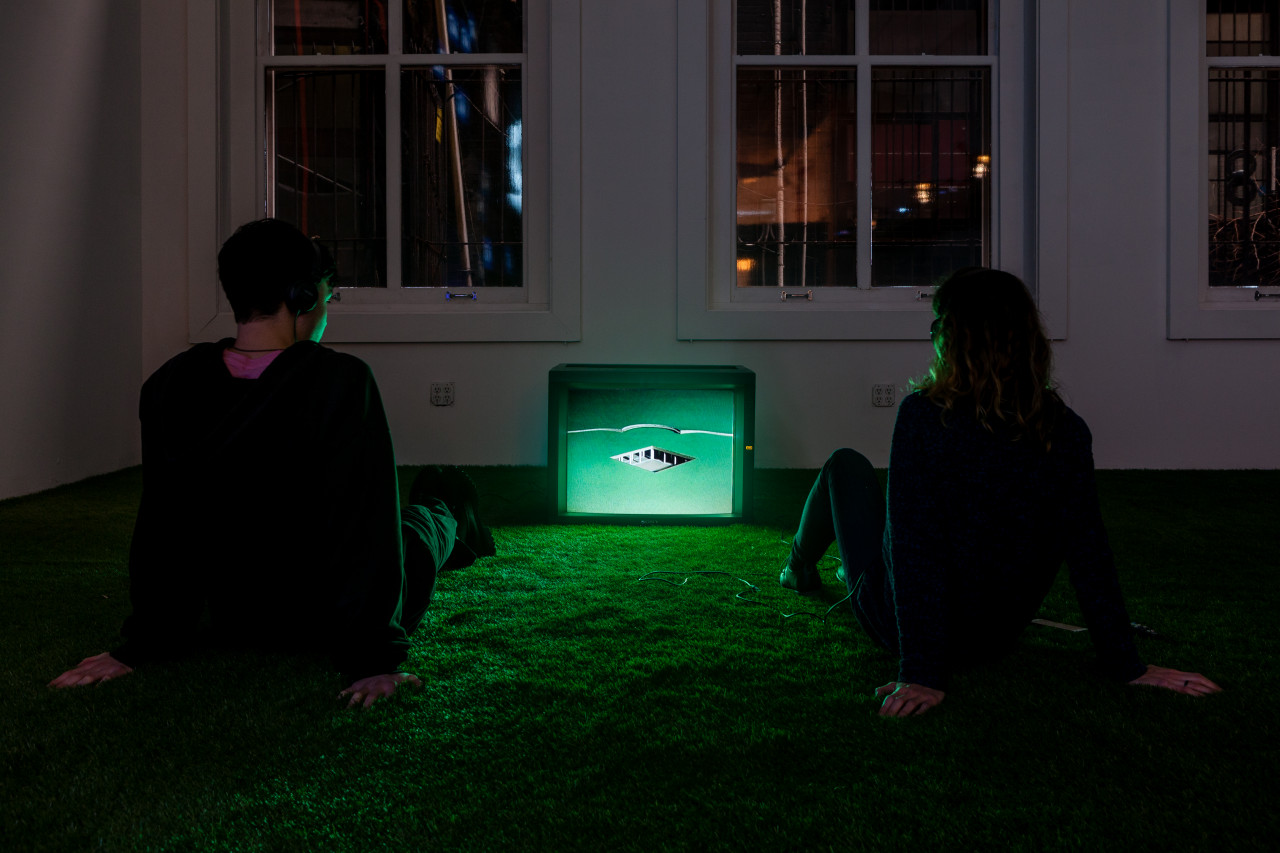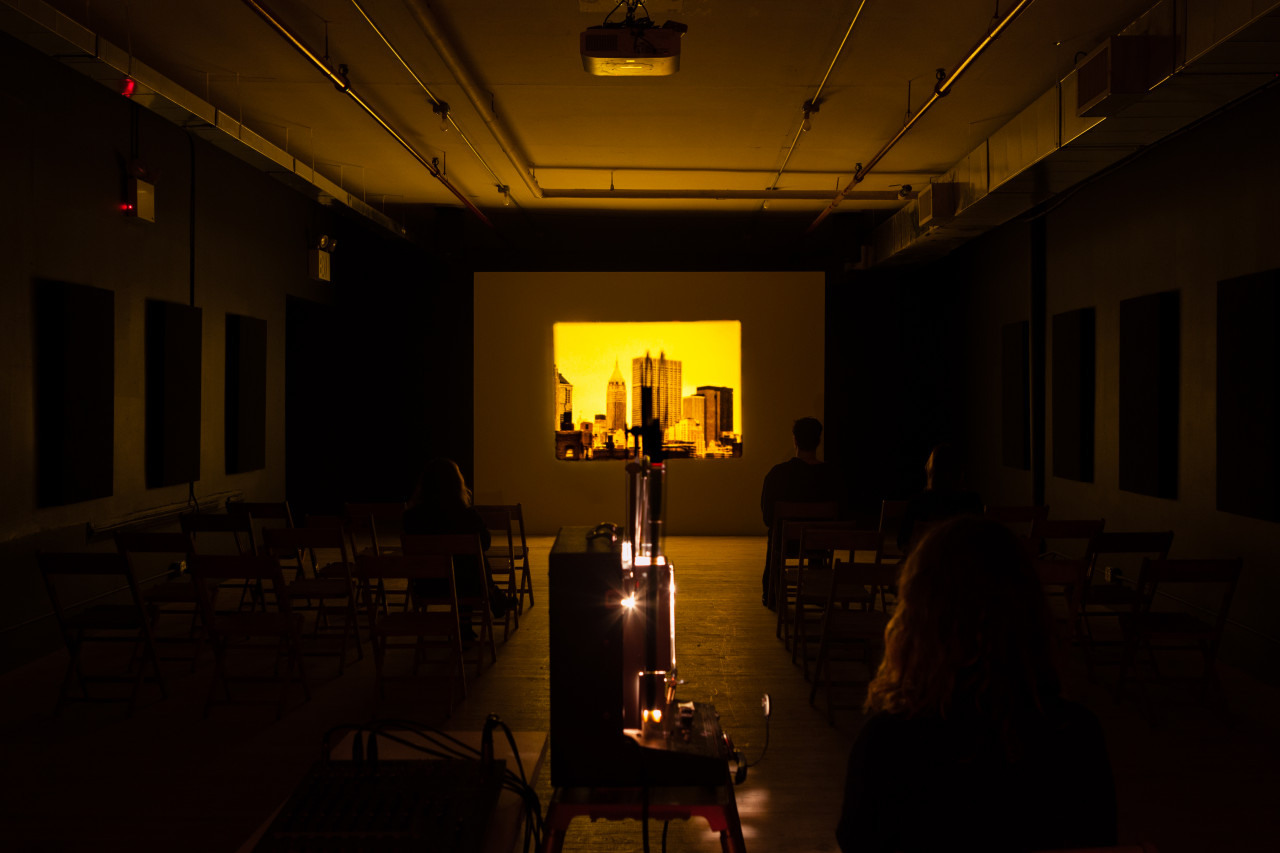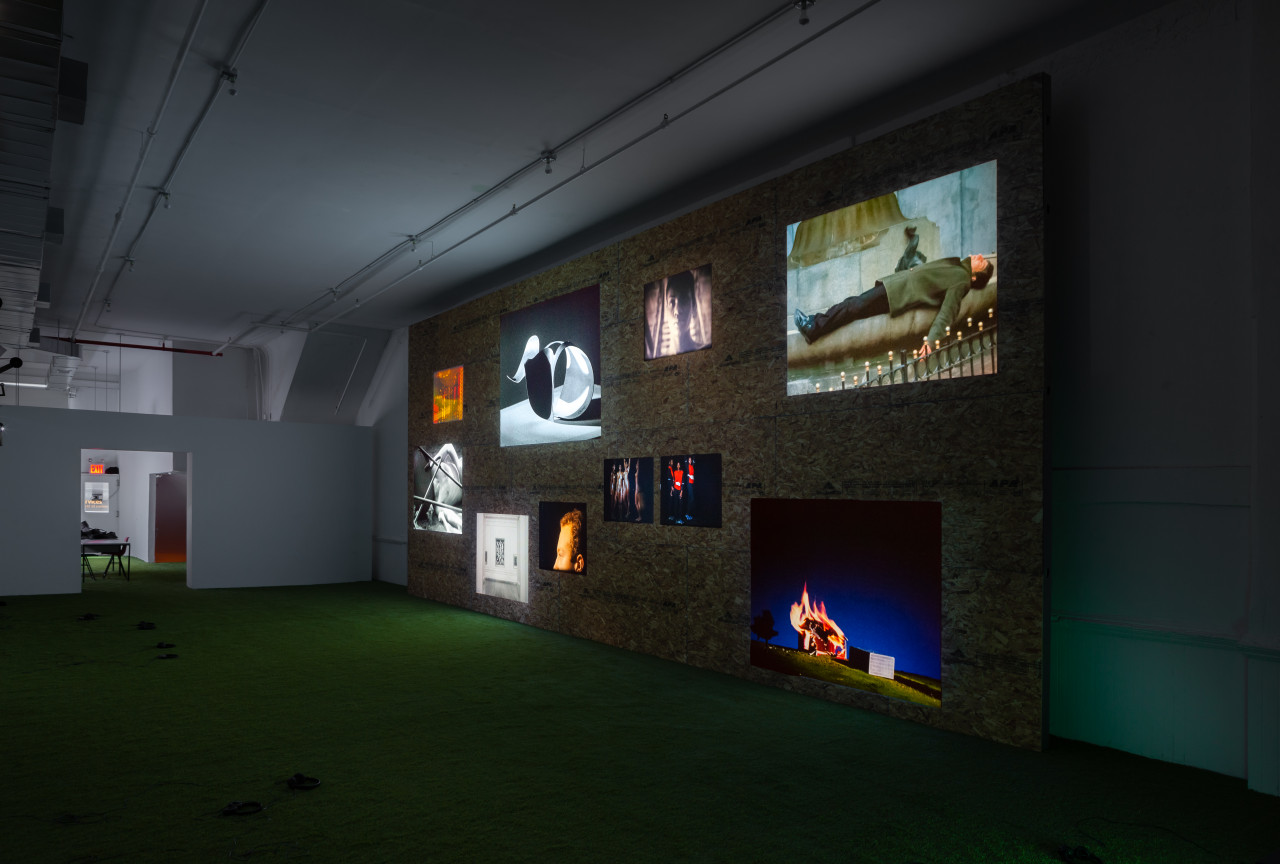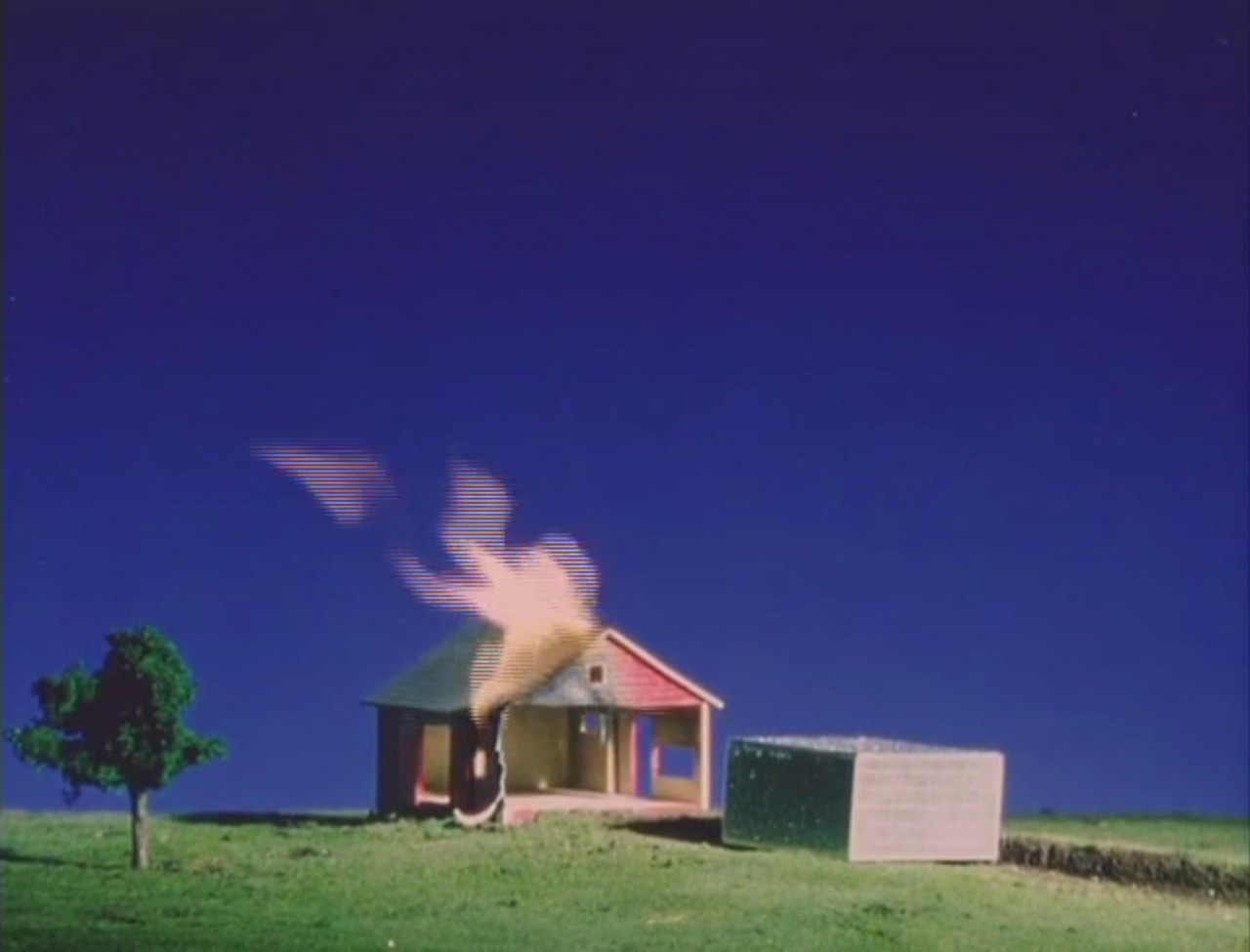Artists Space is pleased to present the first comprehensive survey of Union Gaucha Productions, structured in three parts at Artists Space Books & Talks: a street level installation of film and video based works; a basement cinema, where these works can be viewed on-demand; and a series of events involving film screenings, performance, music, and conversations.
Union Gaucha Productions (UGP) was founded in New York in 1997 by artists Karin Schneider (born 1970, Rio de Janeiro, Brazil) and Nicolás Guagnini (born 1966, Buenos Aires, Argentina), and was active until 2010. Distinct from Schneider and Guagnini's individual practices, under the guise of a "film production company" they produced a diverse body of works, often collaborating with other artists, architects, musicians, performers, filmmakers and thinkers.
Both Schneider and Guagnini moved to New York in the late 1990s, and the works produced under the moniker UGP map the artists' experiences of migration from South America to the US at the cusp of the millennium. Their films and videos bear heterogeneous influences, including those of political and artistic avant-gardes from Brazil and Argentina (from Cinema Novo to Oswald de Andrade's concept of anthropophagy and the writing of the Polish émigré Witold Gombrowicz), as well as American experimental cinema (Schneider worked at Anthology Film Archives and studied with Annette Michelson, and Jonas Mekas advised the artists on the purchase of their first 16mm camera).
Approaching the documentary tradition, the works of UGP sometimes depict particular individuals (such as Mekas or the Brazilian artist Tunga), as well as objects (the artworks of Katryzyna Kobro and Lygia Clark, for example, or the architecture of Emilio Ambasz). But against the backdrop of the homogenizing processes of multiculturalism, which sought to re-inscribe differences as stable identities, they unfix subject and object as they manipulate, perform, and model them. Deploying the "machine" of film alongside and against the "machine" of art history, they privilege a mutual activation (in Ambasz's words, "an ensemble of inter-related processes"), demarcating an "infra-life" between gestures, images and forms of exchange: a fluid territory where identities, friendships, and ideological affinities are always in flux.
Union Gaucha Productions has been organized by Artists Space together with Jacob King.
